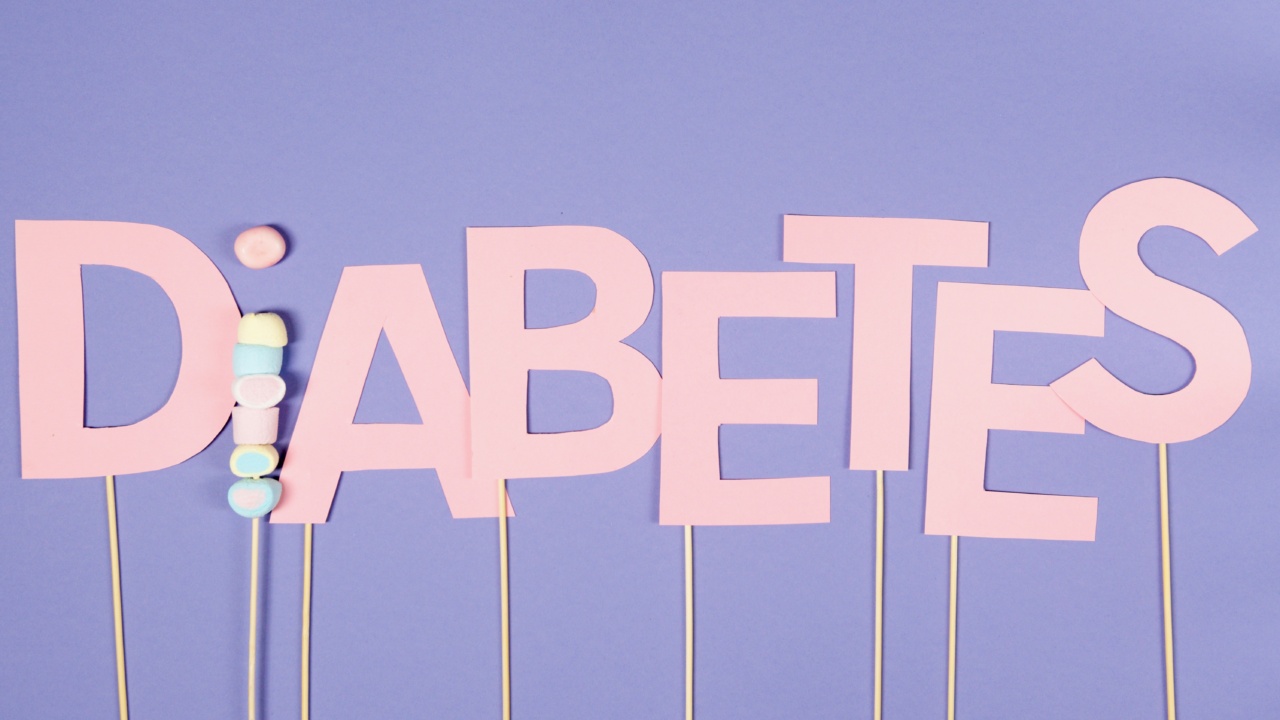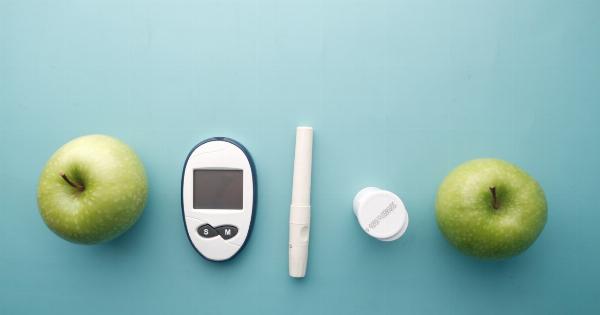Diabetes is a chronic and complex disease that affects millions of people worldwide. This disease affects the way your body produces insulin, which is responsible for regulating blood sugar levels.
A high level of sugar in the bloodstream can cause serious complications such as heart disease, blindness, kidney failure, nerve damage, and amputations. Managing diabetes requires a combination of medication and lifestyle changes. The cornerstone of diabetes management is a healthy diet, and many people with diabetes are concerned about sugar intake.
This article will explore the sweet solution to diabetes and how you can enjoy sweet foods without sacrificing your blood sugar control.
What is Diabetes?
Diabetes is a metabolic disorder characterized by high blood sugar levels. Normally, when you eat food, your body breaks down carbohydrates into glucose, which is transported by the bloodstream to the cells for energy.
To keep blood sugar levels in the normal range, the body produces insulin, a hormone that helps glucose enter the cells. In people with diabetes, the body either doesn’t produce enough insulin or can’t use it effectively, resulting in high blood sugar levels.
Types of Diabetes
There are several types of diabetes, including:.
Type 1 Diabetes
Type 1 diabetes is an autoimmune disorder that develops when the body’s immune system attacks and destroys the beta cells in the pancreas, making it unable to produce insulin.
This type of diabetes is usually diagnosed in children and young adults.
Type 2 Diabetes
Type 2 diabetes is the most common form of diabetes, affecting more than 90% of people with this disease. It occurs when the body doesn’t effectively use insulin, leading to insulin resistance.
Type 2 diabetes usually develops in people over 40, but it is becoming more common in younger people due to obesity and sedentary lifestyles.
Gestational Diabetes
Gestational diabetes occurs during pregnancy when the body can’t produce or use insulin effectively.
This type of diabetes usually disappears after delivery, but women who have had gestational diabetes are at increased the risk for developing type 2 diabetes later in life.
How Does Sugar Affect Blood Sugar Levels?
Sugar is a type of carbohydrate, and it can be divided into two main categories: naturally occurring sugars and added sugars.
Naturally occurring sugars are found in fruits, vegetables, and dairy products, while added sugars are added to processed foods and beverages during preparation. Consuming excessive amounts of added sugars contributes to various health problems, including weight gain, tooth decay, and risk of chronic diseases like diabetes and heart disease.
When you eat sugar, it quickly enters the bloodstream, causing a spike in blood sugar levels. This causes the pancreas to release insulin to help glucose enter the cells and decrease blood sugar levels.
However, in people with diabetes, the body cannot effectively regulate insulin, leading to high blood sugar levels.
The Role of Carbohydrates in Diabetes Management
Carbohydrates are the main source of glucose in the body, and controlling carbohydrate intake is an essential part of diabetes management.
Consuming too many carbohydrates at once can cause blood sugar levels to spike, while too few carbohydrates can cause low blood sugar levels. Therefore, it’s important to choose the right types of carbohydrates and eat them in moderation.
Foods that are high in carbohydrates include:.
- Bread, rice, pasta, and cereals
- Fruits, dried fruits, and fruit juices
- Starchy vegetables like potatoes, corn, and peas
- Sugar and sweetened beverages
- Dairy products like milk and yogurt
The Sweet Solution to Diabetes
For many people with diabetes, the thought of giving up sweet foods is daunting. However, there are several sweet alternatives that you can enjoy without compromising your blood sugar control.
The key is to choose foods that are low in added sugars and high in fiber, which slows down the absorption of glucose into the bloodstream.
Fruits
Fruits are a natural source of sugar, but they also contain fiber, vitamins, and minerals that are essential for good health.
Fruits with a low glycemic index, such as berries, apples, and pears, are less likely to cause blood sugar spikes than high-glycemic fruits like bananas and raisins. Eating fruit with a source of protein, such as a handful of nuts, can also help slow down the absorption of sugar into the bloodstream.
Stevia
Stevia is a natural, calorie-free sweetener that comes from the leaves of the Stevia rebaudiana plant. It is up to 300 times sweeter than sugar, making it an excellent alternative for people with diabetes who want to reduce their sugar intake.
Studies have shown that stevia may actually improve blood sugar control in people with diabetes and can help reduce the risk of other health problems like high blood pressure.
Monk Fruit Sweetener
Monk fruit sweetener is another natural alternative to sugar that has gained popularity in recent years. It comes from the monk fruit, a small green fruit native to Southeast Asia.
Monk fruit sweetener is up to 200 times sweeter than sugar, making it a great choice for people with diabetes who want to cut back on sugar intake. It has no calories and a low glycemic index, meaning it won’t cause blood sugar spikes.
Dark Chocolate
Dark chocolate is high in antioxidants and flavanols that have been shown to improve heart health and reduce inflammation. It also contains a small amount of caffeine, which may help stimulate metabolism and increase energy levels.
Choosing dark chocolate with at least 70% cocoa solids and low in added sugar can be a guilt-free indulgence for people with diabetes.
Cinnamon
Cinnamon is a popular spice that has been shown to improve insulin sensitivity and lower blood sugar levels in people with diabetes. Adding cinnamon to foods like oatmeal, yogurt, or coffee can add natural sweetness without increasing sugar intake.
The Bottom Line
Living with diabetes requires a combination of medication, regular physical activity, and a healthy diet.
The sweet solution to diabetes is to choose foods that are low in added sugars and high in fiber, which slows down the absorption of glucose into the bloodstream. Fruits, stevia, monk fruit sweetener, dark chocolate, and cinnamon are all sweet alternatives that you can enjoy without compromising your blood sugar control.






























